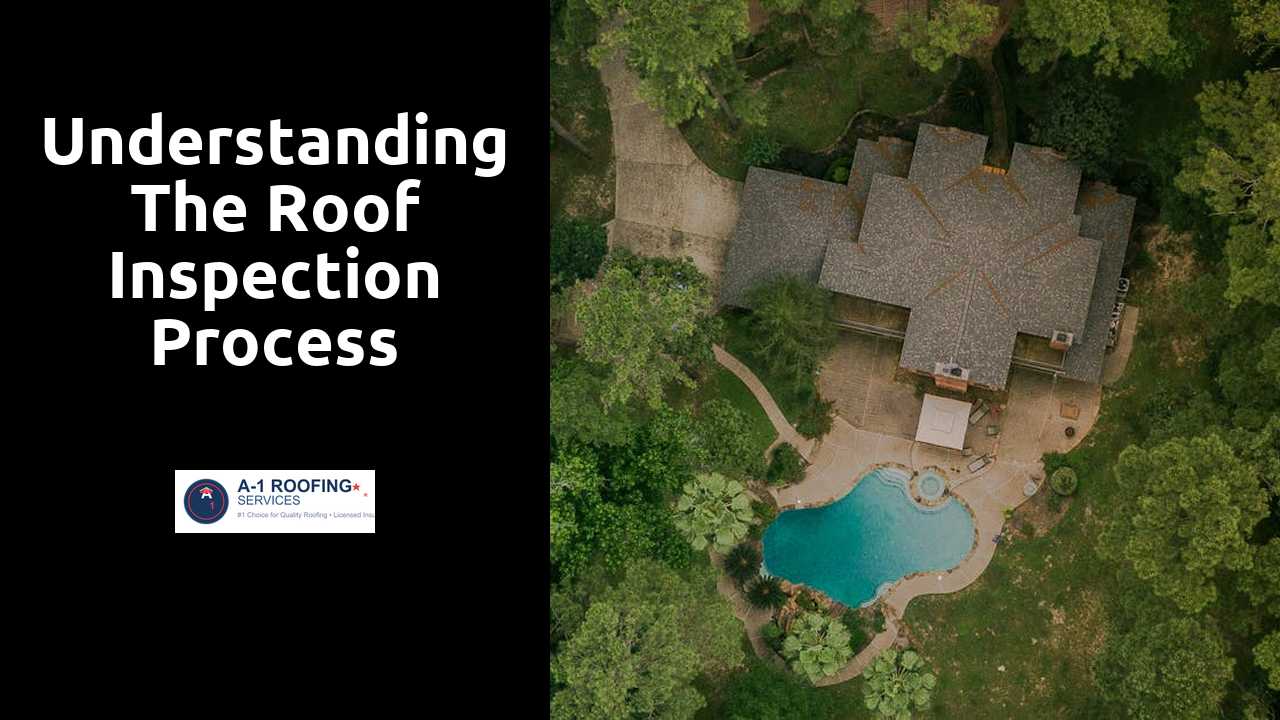
Understanding the Roof Inspection Process
Table Of Contents
Preparing for a Roof Inspection
Before scheduling a roof inspection, homeowners should gather any relevant information about their roof's history. This includes maintenance records, previous inspections, and any repairs made over the years. Having this documentation readily available can help the inspector understand the roof's condition and identify any recurring issues. Additionally, homeowners should note any visible problems, such as leaks or missing shingles, as these details can assist the inspector in pinpointing specific areas of concern.
Clearing the area around the home is another essential step to facilitate a thorough inspection. This involves moving vehicles, yard equipment, and any obstacles that may obstruct access to the roof. Ensuring safe pathways allows the inspector to navigate the premises efficiently and evaluate the roof without hindrance. Homeowners should also consider securing pets indoors to minimize distractions during the inspection process. Taking these preparatory steps can significantly contribute to a successful and informative roof inspection.
This new blog post covers this topic in more detail.
Steps Homeowners Should Take
Homeowners should start by assessing their roof’s condition before the inspection. This includes checking for visible signs of damage, such as missing shingles or leaks in the attic, which can provide valuable information to the inspector. Taking note of any issues can help facilitate a more thorough evaluation. Additionally, it is wise to clear away debris from the roof and gutters, ensuring the inspector has unobstructed access to all critical areas.
Gathering relevant documents can also be beneficial. This includes previous inspection reports, maintenance records, or information regarding any prior repairs. Having this information readily available allows the inspector to understand the roof’s history and identify potential problem areas more effectively. Homeowners should also prepare a list of questions or concerns related to their roof, which can guide the conversation during the inspection.
What Happens During a Roof Inspection
During a roof inspection, the inspector conducts a thorough evaluation of the roof’s condition. They examine various components, such as shingles, flashing, gutters, and overall structural integrity. Inspectors may use tools like drones or ladders to access difficult areas. Photographs may be taken to document any issues found.
Throughout the process, the inspector looks for signs of damage or wear that could lead to future problems. They check for leaks, water stains, and areas where vegetation may be growing. A detailed report is usually provided after the inspection, outlining the findings and recommending any necessary repairs or maintenance. This documentation helps homeowners understand the current state of their roof and informs them of potential issues.
The Inspection Process Explained
During a roof inspection, the inspector will start by assessing the exterior of the roof. They will look for any visible signs of damage, such as missing shingles, cracked tiles, or rusted flashing. Chimneys, vents, and other protrusions are also examined for potential issues. This thorough examination helps determine the overall condition of the roof and identifies any areas that need repair or further evaluation.
After inspecting the exterior, the inspector may enter the attic to check for internal signs of damage. This may include looking for water stains, mold, or signs of pest infestation. Insulation and ventilation will also be evaluated to ensure they meet proper standards. The findings from both the exterior and interior assessments will provide a comprehensive view of the roof's health and longevity.
Selecting a Qualified Inspector
Choosing the right inspector is crucial for ensuring a thorough roof evaluation. Start by seeking referrals from friends, family, or real estate agents. Online reviews and ratings can also provide insight into an inspector's reliability and service quality. Look for professionals who specialize in roof inspections and have a solid track record in the field.
When narrowing down options, verify each inspector's credentials and experience. Check for certifications from recognized industry organizations and inquire about the inspector's years of practice in roofing. A qualified inspector should also carry insurance to protect against any liabilities that may arise during the inspection process. Prioritizing these factors can help homeowners find a trustworthy expert to assess their roofs effectively.
Credentials and Experience to Look For
When looking for a qualified roof inspector, it is crucial to prioritize relevant credentials. Inspectors should hold certification from reputable industry organizations. This ensures they have completed the necessary training and are knowledgeable about current roofing standards. A valid license to operate in your state is also essential since it demonstrates adherence to local regulations and safety standards.
Experience plays a significant role in the inspection process. Consider looking for inspectors with several years of hands-on experience in the field. Seasoned professionals are more likely to identify potential issues that a less experienced inspector might overlook. Asking for references or reading online reviews can provide insights into an inspector's past performance and reliability.
Related Links
What Roof Inspectors Look for During AssessmentsDIY Roof Inspection Techniques for Homeowners